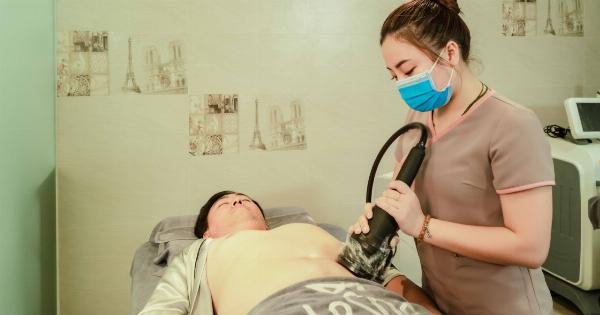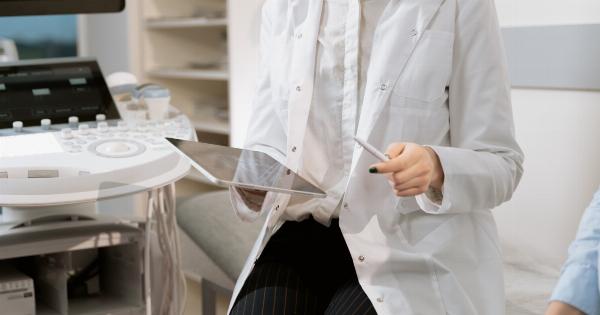Chlamydia is a common sexually transmitted infection caused by the bacteria Chlamydia trachomatis. It can affect both men and women, although the symptoms can sometimes be different.
In this article, we will explore the causes, symptoms, and treatments for chlamydia in both men and women.
Causes of Chlamydia
Chlamydia is primarily spread through sexual contact, including vaginal, anal, and oral sex. It can be passed from one person to another even if there are no visible symptoms. Pregnant women may also pass the infection to their babies during childbirth.
Symptoms of Chlamydia
In many cases, chlamydia does not cause any noticeable symptoms, especially in women. This makes it important for sexually active individuals to get regular screenings, as untreated chlamydia can lead to serious complications.
In Men:.
– Pain or a burning sensation during urination.
– Clear or cloudy discharge from the penis.
– Testicular pain or swelling.
– Rectal pain, discharge, or bleeding (if engaged in anal sex).
In Women:.
– Pain or a burning sensation during urination.
– Increased vaginal discharge.
– Vaginal bleeding between periods.
– Painful intercourse.
– Abdominal pain.
– Rectal pain, discharge, or bleeding (if engaged in anal sex).
Testing and Diagnosis
Chlamydia can be diagnosed through laboratory testing of a urine sample, swabbing the urethra in men, or swabbing the cervix in women.
It is important to get tested if you are sexually active, especially if you have multiple partners or if your partner has been diagnosed with chlamydia.
Treatment for Chlamydia
Chlamydia can be easily treated and cured with antibiotics. It is important to finish the entire course of antibiotics as prescribed, even if symptoms improve before completing the treatment.
Sexual activity should be avoided until the treatment is completed to prevent reinfection.
Commonly prescribed antibiotics for chlamydia include:.
– Azithromycin (single dose).
– Doxycycline (taken for one week).
It is essential for sexual partners to be treated simultaneously to prevent reinfection and further spread of the infection.
Prevention
Preventing chlamydia involves practicing safe sex and taking necessary precautions:.
– Using condoms during sexual intercourse.
– Limiting sexual partners and being in a mutually monogamous relationship.
– Getting regular screenings, especially if sexually active.
– Discussing sexual health with your partner.
Possible Complications
Untreated chlamydia can lead to several complications in both men and women, including:.
– Pelvic inflammatory disease (PID) in women.
– Epididymitis (testicular infection) in men.
– Infertility in both men and women.
– Increased risk of HIV transmission.
It is crucial to seek prompt medical attention and get treated for chlamydia to prevent such complications.
Conclusion
Chlamydia is a common sexually transmitted infection that can affect both men and women. While it may not always cause noticeable symptoms, it can lead to serious complications if left untreated.
Regular testing, practicing safe sex, and getting timely treatment can help prevent the spread of chlamydia and protect your sexual health.



























